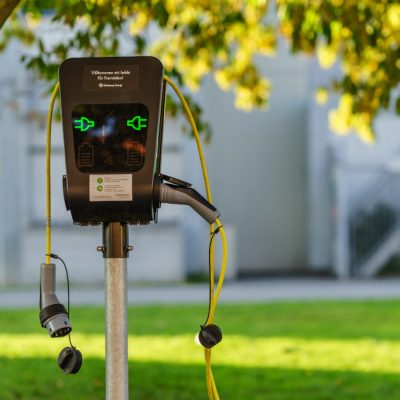Energy communities and flexibility concepts are fundamental to driving the energy transition for an efficient use of the grid. In terms of demand management, energy communities are seen as balancing the system. In addition, there is the possibility of feeding excess energy from the energy community’s photovoltaic systems back into the grid. The development of decentralized energy communities, which in turn feed surplus energy back into the grid and become part of the energy system again, can also be seen as integration, which clearly drives the energy transition in its flexibility. The cooperation of energy suppliers/traders with local energy communities is therefore an essential step and solution for the energy transition.
Other energy efficiency and energy saving measures take place at the consumer level. Here we survey energy consumption and analyze the potential for saving as well as the potential for self-sufficiency of the energy communities. The development of a consumer app can actually influence energy consumption (see the award-winning PEAKapp project). For example, by using nudges or pop-up messages that indicate ideal times to turn on the washing machine or dishwasher, such as when the sun is shining and excess energy is being generated. These efficiency gains benefit the entire energy system by reducing the need for additional energy purchases from the grid.



